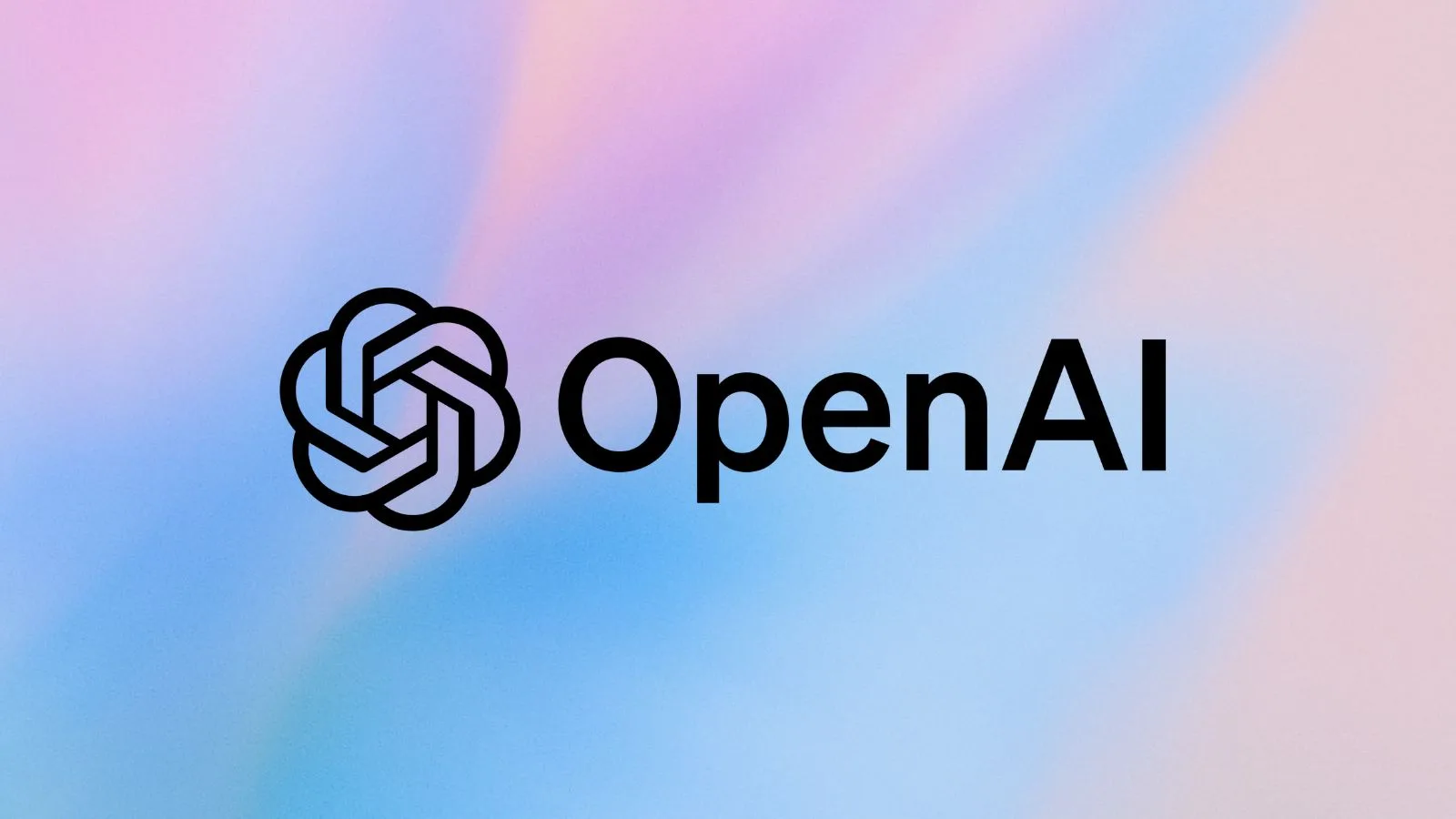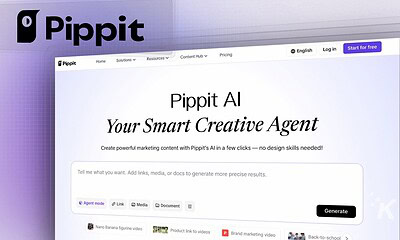AI
OpenAI reportedly shares 20% of its revenue with Microsoft
Microsoft pocketed $865.8 million from OpenAI in the first three quarters of 2025.

Just a heads up, if you buy something through our links, we may get a small share of the sale. It’s one of the ways we keep the lights on here. Click here for more.
After a year of breathless dealmaking, IPO whisper campaigns, and enough AI hype to power a small data center, OpenAI is once again under the microscope, this time for its money habits.
And thanks to a new leak from tech blogger and professional Silicon Valley agitator Ed Zitron, we’re getting one of the clearest peeks yet into how the world’s most-watched AI company is actually doing financially.
According to documents Zitron obtained, Microsoft pocketed $493.8 million in revenue-share payments from OpenAI in 2024.
Fast-forward to the first three quarters of 2025, and that number rockets to $865.8 million.
That sounds like a lot, because it is, and it supposedly represents Microsoft’s 20% cut of OpenAI’s revenue, part of the now-legendary “$13 billion for AI world domination” deal the companies struck. Neither side has publicly confirmed that percentage, naturally.
But here’s where the accounting plot twists. Microsoft also pays OpenAI, sharing roughly 20% of revenue from Bing (yes, Bing) and from Azure’s OpenAI Service, which sells access to OpenAI’s models.
A source told TechCrunch that the leaked numbers only reflect Microsoft’s net share, meaning that once Microsoft subtracts what it pays back to OpenAI.
The gross numbers and how much Bing is actually kicking in remain shrouded in mystery, because Microsoft keeps those details locked tighter than the GPT-6 training runs.
Still, if you go by the widely cited 20% revenue-share math, OpenAI likely made at least $2.5 billion in 2024 revenue and $4.33 billion in the first three quarters of 2025 (probably more).
And CEO Sam Altman has been onstage publicly suggesting the company’s annual run rate is already above $20 billion and could somehow hit $100 billion by 2027, a claim that has raised eyebrows and possibly several blood pressure readings across Silicon Valley.
But revenue is only half the story. Zitron’s analysis suggests OpenAI burned through about $3.8 billion on inference compute in 2024, the expensive process of actually running the models, and a jaw-dropping $8.65 billion in just the first nine months of 2025.
Training costs are mostly covered by Microsoft credits, but the inference is paid in real cash.
And if the numbers are even directionally right, OpenAI may be spending more to run its models than it’s taking in.
Which, of course, only pours gasoline on the ever-present AI-bubble discourse: If the biggest player in the game is still in the red, what does that mean for everyone betting billions on the rest of the AI gold rush?






























